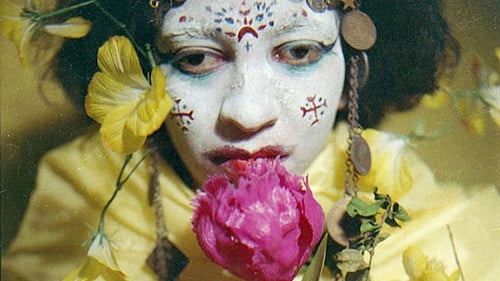Jerry Tartaglia
Nacimiento : , Brooklyn, NY
Historia
Jerry Tartaglia is a filmmaker and writer whose work in Experimental Film and Queer Cinema spans four decades. He studied at Albright College from 1968 to 1972, with the Abstract Expressionist Painter, Harry Koursaros, who introduced him to the work of Jack Smith, Jonas Mekas, and Gregory Markopoulos.
It was in that early environment that he formulated a non-narrative film practice, seeking to realize the other potentialities of Cinema using 16mm film, which was the predominant technology of that time.
He was the first to write about “the gay sensibility in American Avant-Garde film” and his 1977 article in The Millennium Film Journal is regarded a seminal statement on the subject. At a time when the LGBT culture was an underground subculture, it served as an inspiration for the founders of several American LGBT Film Festivals.
His work has been screened around the world and was included in the Century-end retrospective at the Whitney Museum of American Art, “The Art of the 20th Century.”
Since 1990, seven of his films have been premiered at the Berlinale – The Berlin International Film Festival. Manfred Salzgeber, the founding force behind the Panorama Section of the festival, helped bring Tartaglia’s work to European audiences through exhibition and distribution.
In 1993 he was one of the twelve artists who created the Red Ribbon as a symbol of A.I.D.S. awareness through the Artists’ Caucus of Visual AIDS in NYC, paving the way for awareness ribbons of all kinds.
By the turn of the 21st Century, Tartaglia had made the transition to Digital Moving Image Production, though he did continue working with 16mm celluloid. He became increasingly interested in producing work that challenged the complacency of the screen/viewer relationship, and developed a series of “Live Film Action” works under the rubric The Way of the World.
In 2013 he completed a video that is a resetting of the 1933 film Das Blaue Licht by Leni Riefenstahl. A Short History of the Future examines the question of artistic neutrality in America today.
He has recently completed a feature length experimental film essay concerning the works of Jack Smith. Using audio tape recordings made by Smith, along with Smith’s film material and previously unseen visual art, Escape From Rented Island: The Lost Paradise of Jack Smith examines Smith’s aesthetic principles and ideas using only his own work. It received its international premiere at the 68th Berlin Film Festival in 2018.



